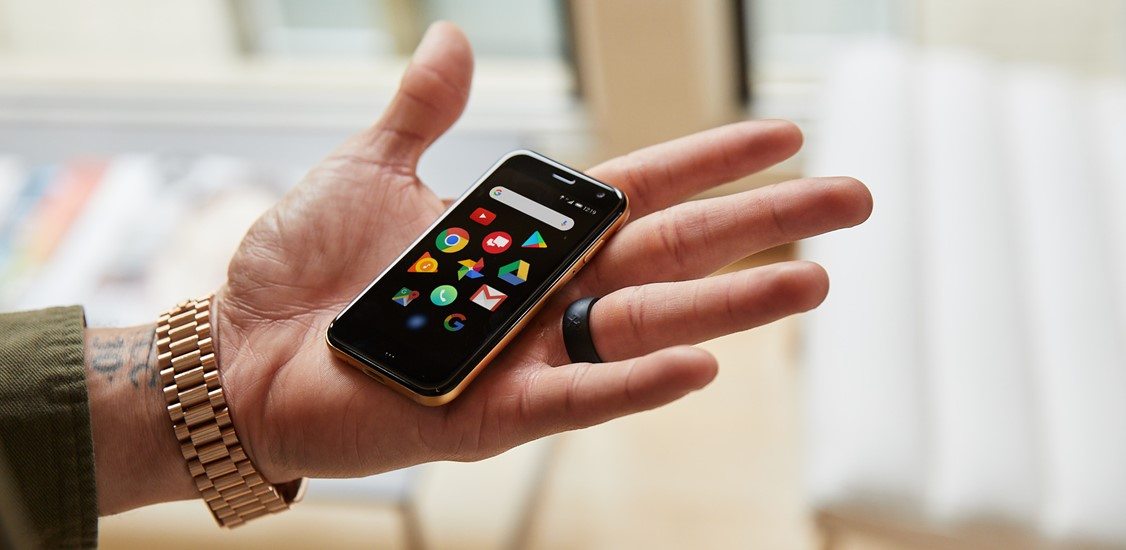Consumers are learning to connect with less.
The economy is crashing, unemployment is at a record high, and retail sales have experienced its steepest drop in decades. As we re-enter a COVID-19 world, the smartphone needs to reshape itself around what consumers need and what they are more likely to afford. Come fall, will people still be scraping together pennies to continue buying the latest and greatest smartphone or will they even be able to make their monthly rent? Will they recognize what they no longer need? This self-isolation period has made consumers and even early tech adopters more aware of their needs and has taught them how to connect with less. When will device manufacturers truly feel out of touch? Case-in-point, Apple just released the Mac Pro wheels for $699. When did wheels for a computer cost more than the tires on a car? As consumers begin to prioritize where their dollars are going, the coronavirus may go down as the disease that also infected the mobile industry.
Every year, mobile users are itching to upgrade their smartphone, and the flagship $1,000 smartphone moves front and center and gets a lot of attention, but not everyone needs the most powerful processor, the highest resolution screen, or a phone that is 5G ready. Flagship phones are often littered with multiple cameras, overpriced specs, and an 8K video that even a professional video editor wouldn’t touch. All of these bells and whistles end up costing consumers $1,000 or more on average for a flagship phone, and most have bought into the hype of having the latest and greatest tech in our pockets without truly understanding what they actually need and use. Although the industry is pushing their most expensive phones ever, all of these products were planned far in advance before the realities of COVID-19 changed the landscape of our industry.
Although other affordable phones exist, consumers still lack a general understanding of how much a smartphone is enough while maintaining all of the things they love to do throughout the day; from streaming music, sending messages, tracking a workout, or communicating with loved ones. As screen sizes got bigger over the years, our smartphones have also turned into supercomputers, oftentimes packing specs and features which go underutilized by many. The industry is also ushering in even more ways to consume through 5G which also drives overall costs up, directly hitting their wallets at a time of financial uncertainty. Although increasing our ability to consume more will open up future benefits, the average consumer will likely underutilize 5G and it isn’t addressing our most critical short-term needs during a time of economic suffering.
Over the years in addition to prices increasing, on average our smartphone screens have inflated to over 6”, turning them into mini-tablets that are no longer pocketable. We can talk about industry trends for days, but throughout history, the most popular smartphone screen size remains to be the one we can comfortably hold in our hand that delivers the most important connectivity on-the-go. As COVID-19 has many Americans home through quarantine, the use of distributed screens in our lives has also dramatically increased. Whether it’s the use of desktops and laptops for productivity and video calls, gaming devices for entertainment or our Animal Crossing fix, and larger screens for streaming entertainment. These behaviors show how purpose-built technology accommodates specific use cases during a time of need. This also showcases how we can prioritize devices for what they’re best at in a post COVID-19 world, including ways to curb our always-on, all-consuming digital habits that smartphones deliver.
The smartphone has transformed itself from being a mobile communicator to a one size fits all super solution, but that does come at a high cost. To be a great gaming device, processors and screen technology come at a premium price. To be the best at video and photography, camera specs began to rival professional-grade configurations. Although consumers are taking more photos and videos than ever before, most are messaging family and friends and posting on social media with filters, begging the question “Does my smartphone really need 3 or 4 rear-facing cameras on it?”
Enter the birth of the value premium category. Although lower-cost smartphones have always existed, consumers aspire to own premium brands with flagship quality design. Just ask the cool kid sporting the generic-looking phone because their parents wanted to save a couple hundred bucks. We’ve seen the uptick of premium brand offerings to price-conscious consumers with the introduction of products like the Google Pixel 3a, Samsung Galaxy S10e, and now the iPhone SE 2020. However, price isn’t always everything. Many of these products still follow a one-size-fits-all strategy, alienating customers in key market segments. When a parent connects a tween in a COVID-19 world, data plans come at a hefty price for an emergency device. As seniors want to stay connected to loved ones through messaging and video calls, smartphone ownership still remains low due to technology intimidation and overall cost of ownership. Most consumers still love the advantages of a small phone. With smaller smartphones, they are easier to pocket and use with one hand, which is great for being connected without being weighed down - however, they are less immersive for writing long emails or playing games. What we see is that these offerings check some boxes, but it’s up to individuals to prioritize what’s important to them which includes device cost, their monthly plans, and ultimately how a smartphone fits their lifestyle.
The smartphone market is complex, often leaving consumers confused and intimidated. As smartphone manufacturers tackle COVID-19, we’re given an opportunity to prioritize what matters and service our customers and communities best. Given the state of the current economy, most consumers will not be comfortable dropping four-figures on a smartphone nor pay for features or plans that are non-essential. It’s the perfect time to reprioritize how the $1,000 smartphone fits into our lives - and we finally have some worthy options.






















